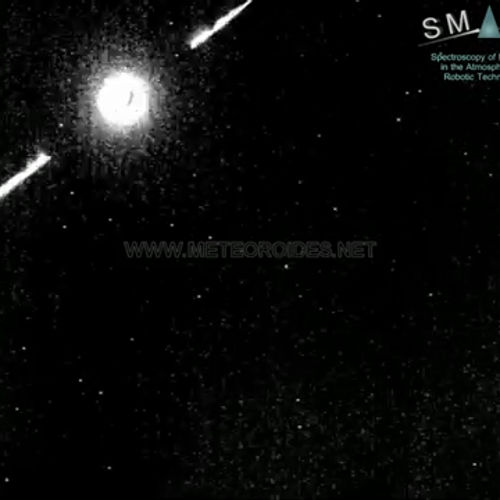
| Added | Sat, 09/12/2023 |
| Источники | |
| Дата публикации | Sat, 09/12/2023
|
| Версии |
At the end of the year, astronomers predict the appearance of a new meteor shower on December 12. It is expected that this long-awaited celestial phenomenon will bring with it an additional stream of shooting stars, creating a stunning sight in the night sky.
Meteor showers occur when the Earth passes through a cloud of debris left by comets during their journey around the Sun. They usually occur on the same day every year and are the result of particles colliding with the Earth's atmosphere at high speeds, causing them to burn up and create dazzling streaks of light.
However, this year's meteor shower will be different. Astronomers studied the path of the unusually alcoholic comet 46P/Wirtanen, which approached the Sun in 1974 and left a plume of dust behind it. Now five astronomers have calculated the trajectory of this debris and predict that the Earth will collide with it on December 12, which could lead to a regular meteor shower for many years to come.
The timing of the appearance of this stream is particularly interesting because it coincides with another astronomical event. On December 12, in different parts of the world, it will be possible to observe how the asteroid Leon closes Betelgeuse, which will make this night unusual for amateur astronomers. The peak of the meteor shower is expected between 8:00 and 12:30 UT (Greenwich Mean time), which will give fans the opportunity to observe the sky to witness a truly amazing sight.
Although the low rate of fall suggests that meteors may not be particularly bright, their slow speed allows them to be observed for longer. This means that lucky observers will have a chance to follow how meteors cross the sky, and even warn their friends to join the spectacle.
According to forecasts, the radiant of this meteor shower will be located in Vela or Puppis, between 38 and 44 degrees south latitude. Due to this location, meteors will be visible from Southeast Asia and Australia, which will be a well-deserved pleasure for skywatchers in the Southern Hemisphere, who often miss the best meteor showers.
Although the document outlining these forecasts has not yet been reviewed, scientists are looking forward to the possibility of a new regular meteor shower. The explosive nature of comet 46P/Virtanen suggests that the number of meteors may be unusually high, which further enhances the anticipation of this celestial event.
Mark December 12th in your calendar and get ready to see the spectacular sight of shooting stars. Wherever you are - in Europe, Africa, America or Asia - you have a chance to see this new meteor shower and enjoy the magic of the night sky.
Новости со схожими версиями
Log in or register to post comments









